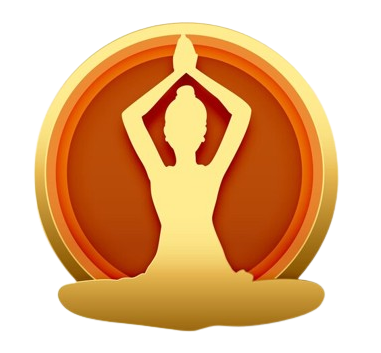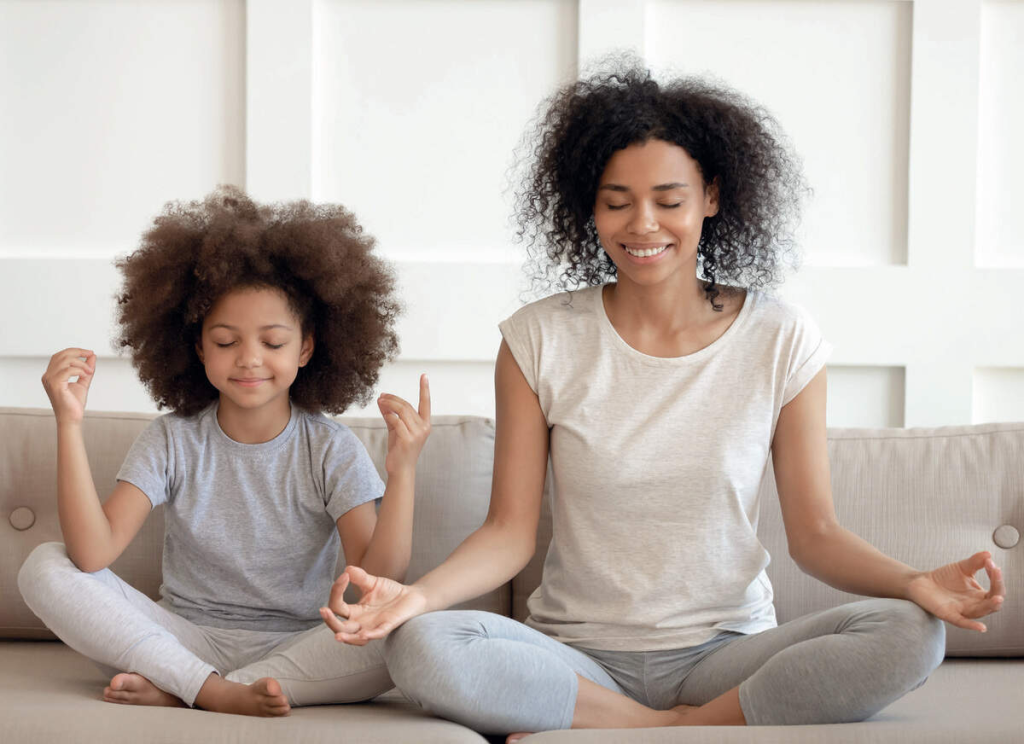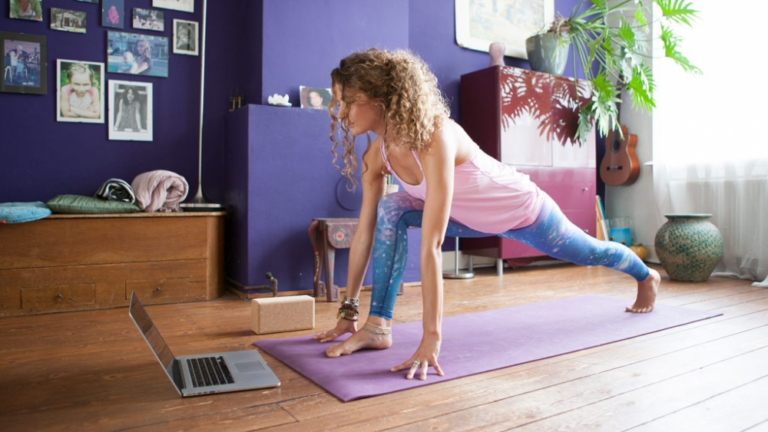Just as yoga strengthens your mind and body, it can create close familial bonds during practices with children as well.
My yoga studio began providing virtual lessons through Zoom a few weeks into the outbreak. I was overjoyed to get back into my daily routine and add some “me time” to my calendar. Yet something very unexpected happened along the way. After a few sessions, my adolescent daughter began to join me on the mat—of course, off camera! What started off as a peaceful routine away from the sudden hustle and bustle of my house evolved into a time for bonding with my baby, even when no words were uttered. It’s become a moment that we both look forward to as a pleasant way to connect and begin the day.
“Yoga can be fun to practice together as a family,” says Laura Mulrenin, RYT 500, a yoga teacher at Sadhana Yoga in Wilmington, who teaches a variety of classes for adults and kids. “It’s a great bonding activity, a time to be together without any expectations in an open, safe environment.
“When you’re practicing yoga together, parents don’t have to worry about being the boss; they can leave that role to the teacher for an hour or so and kids can learn to be more forgiving of their parents’ flaws. It can be empowering for kids to learn that there are poses they can do that are challenging for their parents. This can help build self-confidence and demonstrate that everyone has their own strengths and weaknesses, and that’s OK,” Mulrenin points out.
No matter what your age or level of physical fitness, yoga can improve your flexibility and coordination while enhancing relaxation and the mind-body connection.

“We teach people how to use their breath to connect with the body and gain control of the mind,” Mulrenin says. “Family members can learn to be quiet and still… together. Focusing on the breath can create space between the thoughts, quieting down distractions. This can help you feel more connected to yourself and others.”
In addition to providing time to slow down and focus on the moment at hand, yoga has numerous health benefits for both adults and kids. Several studies show that it can lower blood pressure, reduce anxiety, reduce stress, increase self-awareness, improve concentration and memory, and lead to more restful sleep. It helps build physical strength and flexibility, as well as mental strength and flexibility.
“Yoga also helps teach families patience and perseverance,” Mulrenin adds. “During your practice, you may have to work hard to achieve certain postures. Students learn that it’s OK to feel uncomfortable. A pose might feel challenging or you may worry that you’ll fall. But you learn how to work through it on your mat and that success often transfers to the world outside of your mat as well.”
In today’s fast-paced world, yoga gives us time to press the pause button and be “in the moment,” to appreciate the “now.”
“When families practice yoga together, we can appreciate that although we are doing the same activity, we all have different takeaways, strengths and weaknesses—it doesn’t make anyone better or less than the other person,” Mulrenin says. “In a way, yoga is a great equalizer.”





